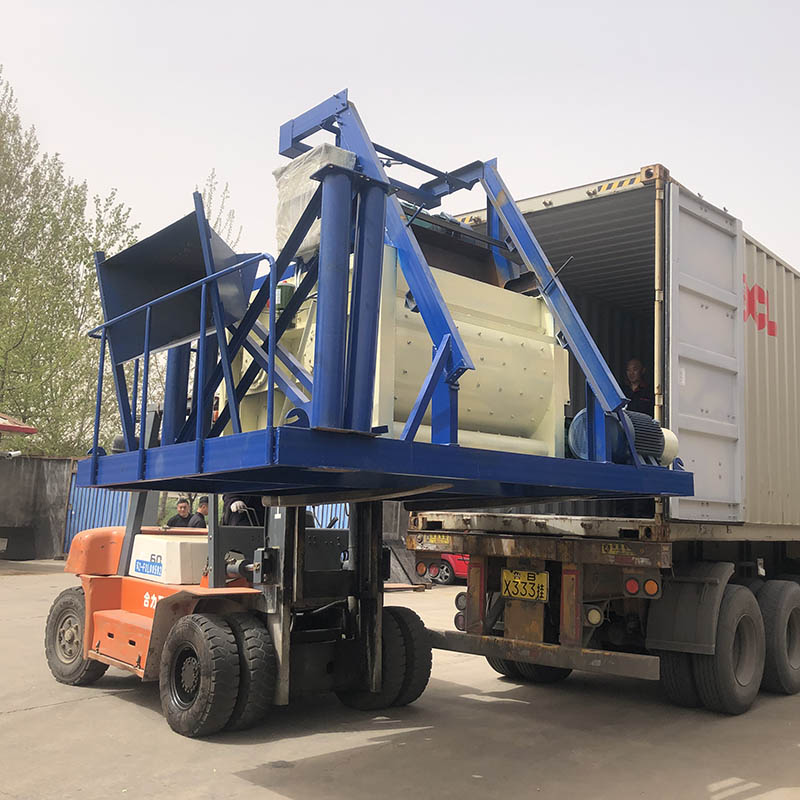
Image source:Aiweiblockmachine
Introduction:
Proper maintenance and care are essential to ensure the longevity and efficiency of brick making machines. This article provides valuable tips on maintaining these machines to maximize their performance and minimize downtime.
- Regular Cleaning: Dust, debris, and clay residues can accumulate on the machine’s components, affecting its performance. Regularly clean the machine using brushes, compressed air, or water (if appropriate for the machine’s design). Pay special attention to mold surfaces and moving parts.
Proper cleaning is the foundation of effective maintenance for brick making machines. Accumulated dust and debris can hinder the smooth operation of the machine and even lead to mechanical failures. Regularly inspect and clean the machine’s components to ensure optimal performance.
- Lubrication: Appropriate lubrication is crucial to reduce friction between moving parts and prevent premature wear. Refer to the machine’s manual for recommended lubricants and intervals for application. Avoid over-lubrication, as it can attract more dust and debris.
Lubrication is vital for maintaining the smooth movement of the machine’s components. It reduces wear and tear on moving parts, prevents overheating, and ensures the machine’s longevity. Follow the manufacturer’s guidelines regarding the type and frequency of lubrication to keep the machine operating efficiently.
- Inspection and Replacement of Parts: Periodically inspect all components, including belts, chains, bearings, and hydraulic parts. Replace any damaged or worn-out parts promptly to prevent further damage to the machine. Keep a spare parts inventory to avoid delays in case of unexpected breakdowns.
Regular inspections and proactive replacement of worn-out or damaged parts are essential to prevent major breakdowns and costly repairs. Conduct routine checks on the machine’s components and keep a record of the parts’ lifespans to anticipate replacement needs. A well-maintained spare parts inventory can significantly reduce downtime, allowing the machine to resume operation swiftly after a breakdown.
- Calibration and Alignment: Ensure the machine is correctly calibrated and aligned to produce bricks of consistent size and shape. Misalignment can lead to variations in brick quality and increase material wastage.
Proper calibration and alignment are vital to maintaining the machine’s efficiency and the quality of the bricks it produces. Regularly check the machine’s calibration and alignment, and make necessary adjustments to ensure precise brick dimensions and minimal material wastage.
- Training and Operator Awareness: Properly train operators to use the brick making machine safely and efficiently. Operators should be aware of the machine’s capabilities, safety features, and potential hazards. Regular refresher courses can help operators stay up-to-date with best practices.
The role of well-trained operators cannot be overstated in the maintenance of brick making machines. Proper training ensures that operators understand the machine’s intricacies, potential issues, and safety protocols. Regular refresher courses keep operators informed about any updates or new techniques related to the machine’s maintenance and operation.
Conclusion:
Taking care of brick making machines through regular cleaning, lubrication, inspection, and proper operator training is vital to ensure their optimal performance and longevity. These maintenance practices contribute to increased efficiency, reduced downtime, and cost-effectiveness in the construction process. By prioritizing the maintenance and care of brick making machines, construction professionals can enhance their productivity and achieve superior results in their projects.
